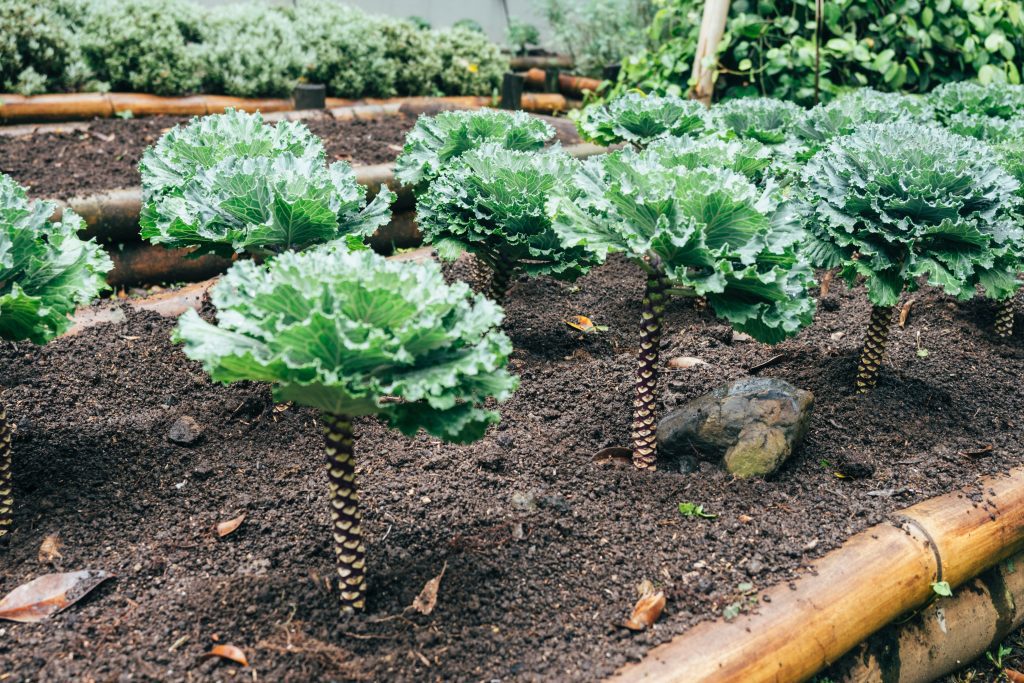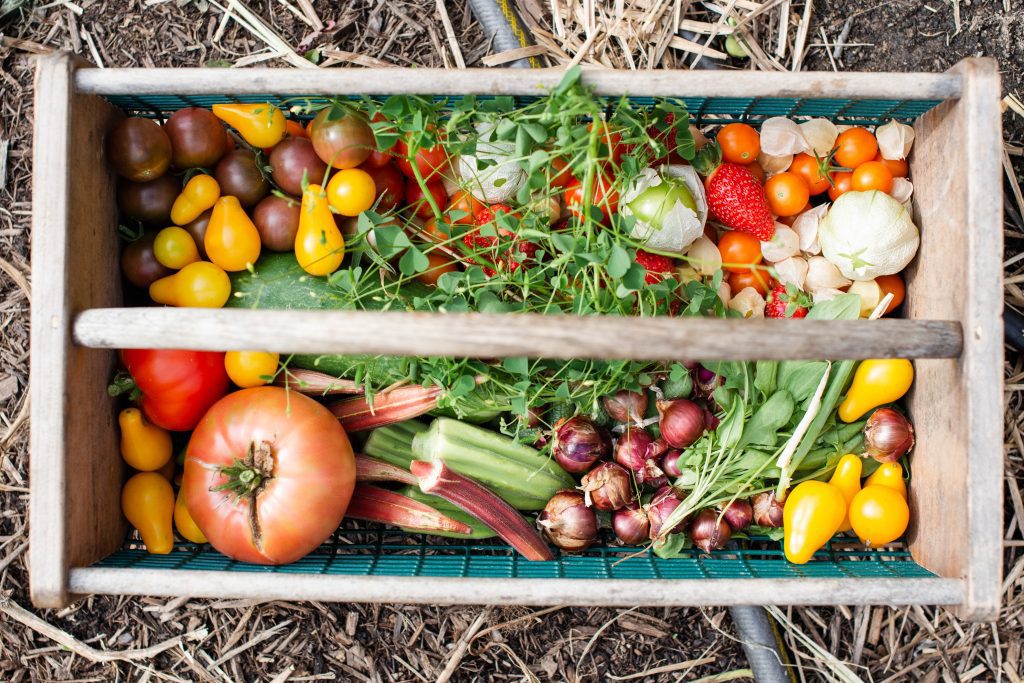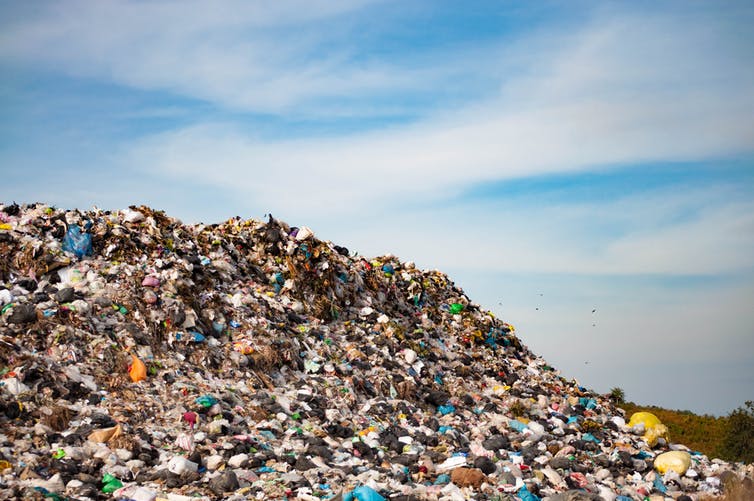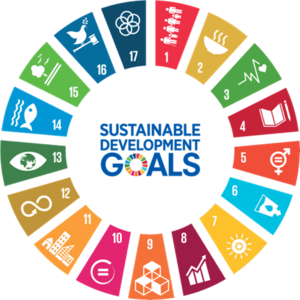Rural Women Lead Environmentalism
Rural women lead environmentalism. SDGs: #5 (Gender Equality), #10 (Reduced Inequalities), #13 (Climate Action)
Rachel Carson. Marjory Stoneman Douglas. Jane Goodall. These names are likely familiar to you if you’ve studied important figures in environmental movements. While these women made important strides for women-led environmentalism, women that live in agriculturally-based communities will be the first and hardest ones hit by climate change. It’s vital that women that live in rural communities need to be at the forefront of the fight against climate change.
Women in Charge
Women represent over half of the 1.2 billion African population. In individual countries, the percentage of women as part of the total population is nearly 50% for all countries in Africa. However, the electoral representation of women still doesn’t reflect their numbers evenly in the continental population. For example, while 61.3 percent of the seats of the Lower House of Rwanda belong to women, only 24.4% of seats in the lower House of Somalia are filled by women. Women that occupy leadership positions, such as those in Parliament, can positively
impact other women by serving as role models. A study published in Cambridge University Press shows that with everything else being equal, a higher proportion of women in the cabinet “increases women’s conventional participation (like voting and party membership), petition signing, and engagement in peaceful demonstrations.”
Percentage of women in Lower/Single House of Parliament for Countries in Africa. Source: IPU Parline.
Furthermore, in most communities, women play a variety of roles. They can provide education to children, take care of household matters, and are charged with taking care of children and elders. As such, women take care and represent the needs of an entire community. Women speaking on environmental issues that afflict them and their communities could not only bring more general awareness to those problems, but could also inspire more women (and others in the community) to get involved.
The Negative Effects of Climate Change
It is common for women in rural communities to play a major role both inside and outside the home. Within the home, women and girls in most rural communities are often primarily responsible for gathering resources like water and wood for fire as well as fulfilling the traditional household duties of cooking and cleaning. However, due to the lack of infrastructure for vital resources and “the declining supplies of water and fire wood linked to desertification,
deforestation and climate change”, women have to travel farther (and therefore, longer) to access those resources. The amount of work that women do impairs their ability to make greater economic strides. According to data from the UN, women tend to spend around 2.5 times more time on unpaid care and domestic work than men.
Source: Annie Spratt @anniespratt on Unsplash
Household work tends to monopolize the time that women have to partake in work that is economically empowering and environmentally sustainable. For example, women in rural communities play an enormous role in the agricultural labor force, accounting for almost a third of it. In spite of this, women remain at a disadvantage, economically speaking. UN studies have found that the gender pay gap is 23 per cent. This may be in part due to the fact that women often seek jobs that are compatible with childrearing and household responsibilities (such as service workers and shop and market sales workers), which are often low-paying. Furthermore, women in rural communities often have less access and opportunities for higher educational attainment, which negatively impacts their job opportunities and increases their vulnerability to climate change.
Source: Wikimedia Commons
Health wise, women and girls are disproportionately affected by the effects related to unsustainable practices and climate change in both domestic and external matters. Within the household, indoor air pollution from using combustible fuels for household energy caused 4.3 million deaths in 2012, with women and girls accounting for 6 out of every 10 deaths. This is mainly the result of prolonged exposure to fuel sources like wood during activities such as cooking. Furthermore, women are disproportionately displaced by climate change and negatively impacted by natural disasters. Women’s responsibility in economic and household matters already puts them at a disadvantage, but the effects of climate change exacerbate the negative effects that women feel from their responsibilities.
Potential for Women-Led Change
Despite their responsibilities and lowered status in society, women have a legacy of being the leaders of incredible environmentalist initiatives. In 1977, before the world began paying closer attention to climate change, Wangari Maathai and her small group of female cohorts in Kenya realized the links between deforestation, desertification, and climate change and took action to alleviate them (1). Highly educated with a Ph.D in veterinary anatomy, Maathai introduced the idea of community-based tree planting while serving in the National Council of Women of
Kenya. She later developed this project into a grassroots organization, which came to be known as the Green Belt Movement. Before she passed away in 2011, Maathai also served as Assistant Minister for Environment and Natural Resources in Kenya’s ninth parliament from 2003 to 2007 and was appointed Goodwill Ambassador to the Congo Basin Forest Ecosystem in 2005 (2).
Wangari Maathai. Source: Blog
In more recent years, we’ve seen a surge of youth climate activism. Ugandan Leah Namugerwa was 14-years-old and inspired by the work of Greta Thunsberg when she began her Friday strikes calling for awareness and action toward climate change, plastic pollution, and other issues afflicting the environment. More than a year has passed since she began her strikes with Fridays for Future and Namugerwa has completed several feats including her project, Birthday Trees, through which she gives free tree saplings to those wishing to celebrate their birthdays by planting trees. She has been able to plant over 3,000 trees due to her efforts (3).
Leah Namugerwa Via Leah Namugerwa’s twitter
Supporting Women and Girls
Women have the potential to radically change the world that we all live in. For one, if they’re given the resources they need to thrive – like easy and safe access to vital resources and education to give them more opportunities – they can engage in more sustainable practices. As homemakers, they can create an environment that’s generally free of environmental toxins like smoke from firewood and teach their children to live sustainably.
Still, women and girls need support in the form of protection from gender-based violence, equal educational and economic opportunities, and platforms to speak about the issues that are important to them. Governments and private companies can offer these resources to women through better training, “[increased] access to basic technology for women in emerging markets”, and greater opportunities for work-life balance (4).
The responsibility to slow our hand in climate change doesn’t fall solely on them, however. All those that live on Earth have a responsibility to take action against climate change and global warming. We can do that in a variety of ways from tiny, every day habits like using reusable
water bottles to monumental actions like Fridays for Future. More than anything, we can band together to create a world that’s safe and healthy for all living beings.
You can directly support women and their eco-friendly initiatives directly by supporting the actions of IDEAS For Us. For example, in the Democratic Republic of Congo and Nepal, we’re working to craft menstrual health products and provide hands-on opportunities for generating income for women.
Resources
1Steady, Filomina Chioma. “Women, Climate Change and Liberation in Africa.” Race, Gender & Class, vol. 21, no. 1/2, 2014, pp. 312–333. JSTOR, www.jstor.org/stable/43496976. Accessed 18 Sept. 2020.
2“Wangari Maathai.” The Green Belt Movement, The Green Belt Movement, www.greenbeltmovement.org/wangari-maathai/biography.
3“Leah Namugerwa.” World Urban Forum, 2019,
wuf.unhabitat.org/wuf10-programme/speakers/leah-namugerwa.
4“The Future of Women at Work: Transitions in the Age of Automation .” McKinsey Global Institute, McKinsey Global Institute, June 2019,
www.mckinsey.com/~/media/mckinsey/featured%20insights/gender%20equality/the%20future% 20of%20women%20at%20work%20transitions%20in%20the%20age%20of%20automation/mgi the-future-of-women-at-work-full-report-june%202019.pdf.

